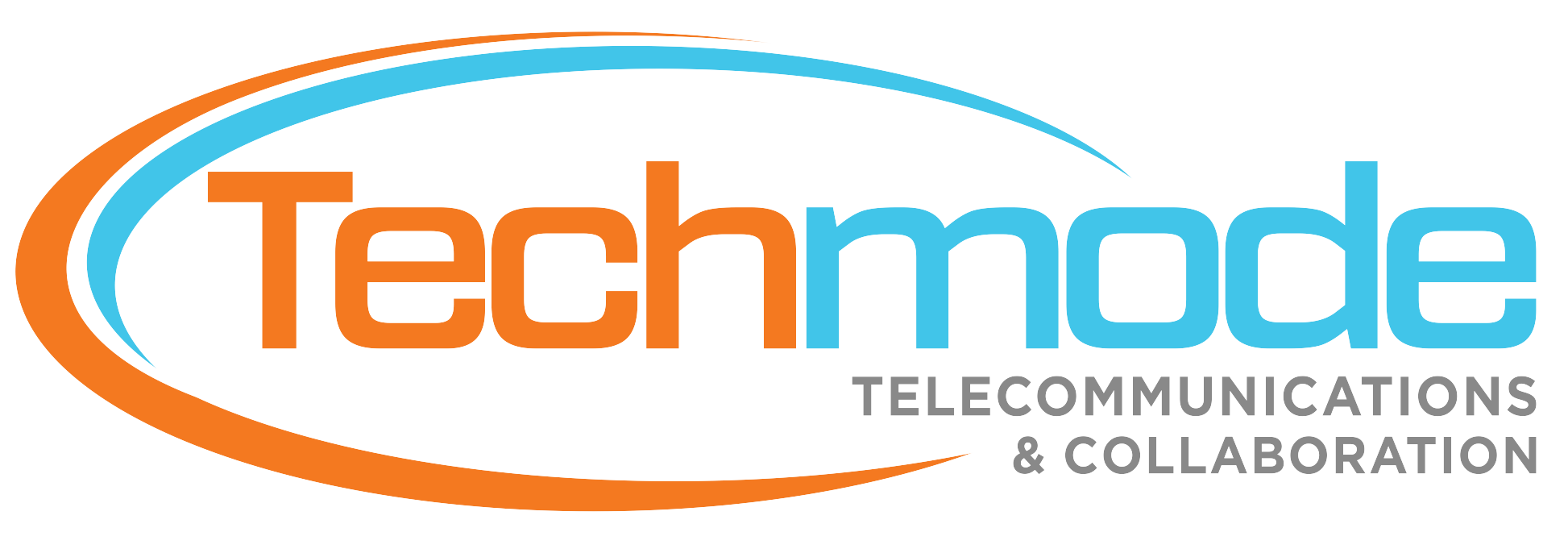Use Case: Utilizing Callback Technology to Improve Patient Hold Times in a Doctor’s Office
Background
A medical practice in Ferndale MI struggles with high call volumes, especially during peak hours (early mornings and immediately after lunch), leading to long patient hold times. This often results in patient frustration and a poor customer service experience.
Objective
Implement a callback system to reduce patient hold times, enhance patient satisfaction, and optimize front desk staff workflow.
**Use Case Description:**
The doctor’s office is located in a busy metropolitan area and serves an average of 300 patients per week. The reception area often becomes overwhelmed with simultaneous tasks of appointment scheduling, patient inquiries, and managing check-ins.
Techmode Recommended Action
- **Integration of Callback System:**
The practice integrates a callback system into its existing phone system. This system allows callers to choose to receive a callback rather than wait on hold.
- **Communication of New Feature:**
Patients are informed about the new callback option through emails, on the practice’s website, and via recorded phone messages when they call the office.
- **Operation:**
When patients call, they are greeted by an automated message that provides the option to continue holding or opt for a callback without losing their place in the queue.
If the callback option is selected, the system asks for a contact number and confirms the callback.
The practice’s phone system automatically schedules the callback and distributes calls among available receptionists.
- **Follow-Up:**
After implementing the callback feature, the practice monitors wait times, the number of callbacks requested, and collects patient feedback through surveys.
Outcome
Reduced Hold Times- Immediate drop in average hold times as callers opt for callbacks.
Improved Patient Satisfaction- Enhanced experience due to reduced frustration with wait times.
Efficiency in Staff Workload- Receptionists manage calls more effectively without the pressure of a constantly ringing phone, allowing them to better serve patients who are at the office for appointments.
Measurement of Success
The practice reduced average hold times from 10 minutes to under 3 minutes.
Patient satisfaction surveys reflect improved scores concerning call management.
Increased efficiency is measured by smoother workflows for reception staff and a decrease in complaints related to call handling.
This use case demonstrates how a medical practice can leverage callback technology to improve operational efficiency and patient satisfaction, turning a common pain point into a positive interaction point with the practice.
